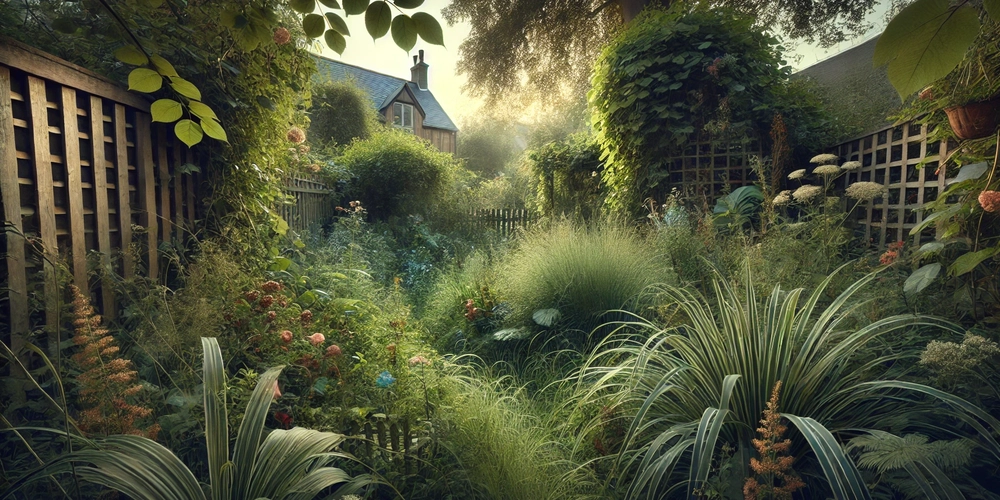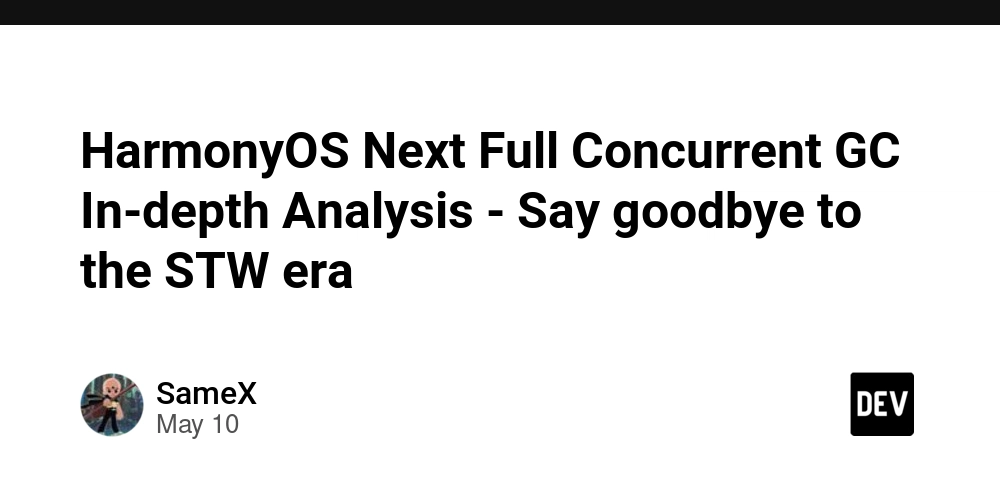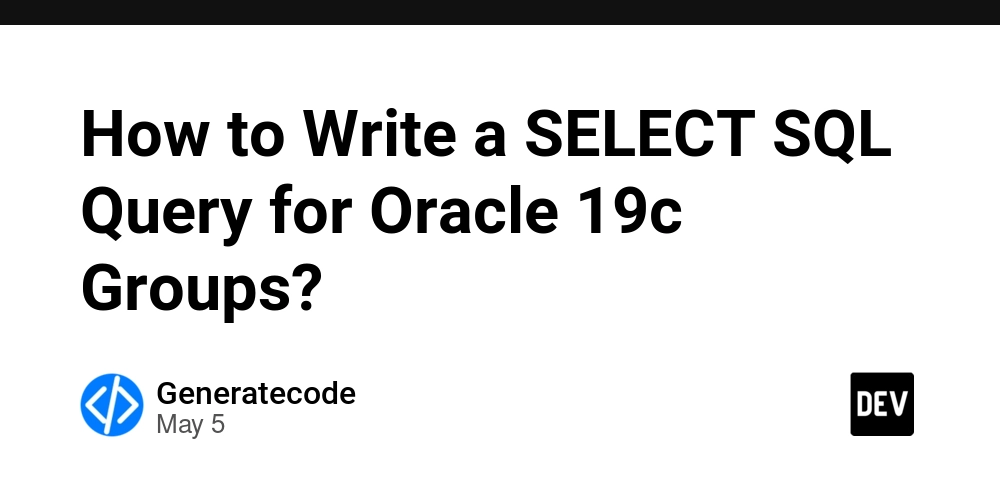Software Development: Art, Science, and Gardening
"Is software developed or cultivated?" This question brings an intriguing perspective to the world of software development. When we write software, do we follow strict methods, or is it a creative, artistic process? And what does it mean to treat a software system like a garden? Art and Science: Two Perspectives on Software Development In the debate over whether software development is an art or a science, it quickly becomes clear how much our perspective shapes our thinking and approach. When we see software development as a science, we emphasize structured, reproducible processes and precise results created through clear rules. In science, we often seek the best, reproducible solution, based on data and analysis. In software development, this might mean relying on design patterns, algorithms, and a strict adherence to best practices that streamline the development process. On the other hand, there’s the artistic approach: Here, it’s less about following rules and more about creativity, expression, and problem-solving from various, often innovative perspectives. Just as artists shape a blank canvas, developers bring their ideas to life through code, exploring new paths and making choices that go beyond mere functionality. Solutions may be elegant and unique, but they often reflect personal preferences, leading to different styles and approaches. A Living Organism: Understanding Software as a Garden In his book Code That Fits in Your Head, Mark Seemann offers an intriguing alternative: Instead of seeing software solely as art or science, we might think of it as a living organism or a garden. A garden isn’t static – it grows, changes, and without regular care, it can become overgrown. For software, this means that without regular refactoring and removal of obsolete elements, a codebase gradually loses structure and clarity. An overgrown garden is difficult to manage and ultimately costs more time and effort. By viewing software development as continuous maintenance, we work proactively to keep the system stable and sustainable – striking a balance between the precision of science and the creativity of art. But just like any garden, this raises the question of how much maintenance is enough, and when does it become too much? Even an overly groomed garden can look crowded and chaotic. Looking to the Past: The Journeyman's Years as a Model for Learning Developers An inspiring idea is to revisit the European tradition of the journeyman's years, also known as the “Wanderjahre” or “Walz” in germany. In the past, craftsmen would travel from town to town, learning from different masters and gaining valuable experience that shaped their skills and style. Applied to software development, this approach could mean that developers benefit from working on diverse projects, with various mentors and teams, to learn new ideas and techniques. This approach preserves flexibility and fosters a broad understanding of different problem-solving methods. The Risk of Overengineering "The brighter the light, the darker the shadow." When efforts to make software “perfect” go too far, extra abstractions and complexity can unnecessarily bloat the system. As knowledge and skills grow, so too does the risk of overengineering. The more tools and techniques a developer masters, the greater the temptation to craft solutions that are more complex and intricate than necessary. This drive to make everything perfect and "elegant" can make the code unnecessarily complicated and hard to maintain. A well-maintained “garden” is only as complex as needed and as simple as possible. Conclusion: Striking a Balance between Structure and Creativity Ultimately, the art of software development lies in balancing these different approaches. Guidelines and best practices create a framework that elevates software development to engineering, while still leaving room for the creative freedom that enables innovative and elegant solutions. A sustainably maintained "software garden" relies on retaining an overview, eliminating outdated structures, finding the right balance between creativity and discipline, and occasionally switching teams or projects. How do you maintain your code? Do you strictly adhere to scientific methods, or do you see your work as artistic expression? Share your views and experiences in the comments – how do you keep your codebase maintainable and elegant?

"Is software developed or cultivated?" This question brings an intriguing perspective to the world of software development. When we write software, do we follow strict methods, or is it a creative, artistic process? And what does it mean to treat a software system like a garden?
Art and Science: Two Perspectives on Software Development
In the debate over whether software development is an art or a science, it quickly becomes clear how much our perspective shapes our thinking and approach. When we see software development as a science, we emphasize structured, reproducible processes and precise results created through clear rules. In science, we often seek the best, reproducible solution, based on data and analysis. In software development, this might mean relying on design patterns, algorithms, and a strict adherence to best practices that streamline the development process.
On the other hand, there’s the artistic approach: Here, it’s less about following rules and more about creativity, expression, and problem-solving from various, often innovative perspectives. Just as artists shape a blank canvas, developers bring their ideas to life through code, exploring new paths and making choices that go beyond mere functionality. Solutions may be elegant and unique, but they often reflect personal preferences, leading to different styles and approaches.
A Living Organism: Understanding Software as a Garden
In his book Code That Fits in Your Head, Mark Seemann offers an intriguing alternative: Instead of seeing software solely as art or science, we might think of it as a living organism or a garden. A garden isn’t static – it grows, changes, and without regular care, it can become overgrown.
For software, this means that without regular refactoring and removal of obsolete elements, a codebase gradually loses structure and clarity. An overgrown garden is difficult to manage and ultimately costs more time and effort. By viewing software development as continuous maintenance, we work proactively to keep the system stable and sustainable – striking a balance between the precision of science and the creativity of art. But just like any garden, this raises the question of how much maintenance is enough, and when does it become too much? Even an overly groomed garden can look crowded and chaotic.
Looking to the Past: The Journeyman's Years as a Model for Learning Developers
An inspiring idea is to revisit the European tradition of the journeyman's years, also known as the “Wanderjahre” or “Walz” in germany. In the past, craftsmen would travel from town to town, learning from different masters and gaining valuable experience that shaped their skills and style. Applied to software development, this approach could mean that developers benefit from working on diverse projects, with various mentors and teams, to learn new ideas and techniques. This approach preserves flexibility and fosters a broad understanding of different problem-solving methods.
The Risk of Overengineering
"The brighter the light, the darker the shadow."
When efforts to make software “perfect” go too far, extra abstractions and complexity can unnecessarily bloat the system. As knowledge and skills grow, so too does the risk of overengineering. The more tools and techniques a developer masters, the greater the temptation to craft solutions that are more complex and intricate than necessary. This drive to make everything perfect and "elegant" can make the code unnecessarily complicated and hard to maintain. A well-maintained “garden” is only as complex as needed and as simple as possible.
Conclusion: Striking a Balance between Structure and Creativity
Ultimately, the art of software development lies in balancing these different approaches. Guidelines and best practices create a framework that elevates software development to engineering, while still leaving room for the creative freedom that enables innovative and elegant solutions. A sustainably maintained "software garden" relies on retaining an overview, eliminating outdated structures, finding the right balance between creativity and discipline, and occasionally switching teams or projects.
How do you maintain your code? Do you strictly adhere to scientific methods, or do you see your work as artistic expression? Share your views and experiences in the comments – how do you keep your codebase maintainable and elegant?












































































































































































![[The AI Show Episode 146]: Rise of “AI-First” Companies, AI Job Disruption, GPT-4o Update Gets Rolled Back, How Big Consulting Firms Use AI, and Meta AI App](https://www.marketingaiinstitute.com/hubfs/ep%20146%20cover.png)






























































































































![Ditching a Microsoft Job to Enter Startup Hell with Lonewolf Engineer Sam Crombie [Podcast #171]](https://cdn.hashnode.com/res/hashnode/image/upload/v1746753508177/0cd57f66-fdb0-4972-b285-1443a7db39fc.png?#)



























































.jpg?width=1920&height=1920&fit=bounds&quality=70&format=jpg&auto=webp#)




















































-Nintendo-Switch-2-Hands-On-Preview-Mario-Kart-World-Impressions-&-More!-00-10-30.png?width=1920&height=1920&fit=bounds&quality=70&format=jpg&auto=webp#)










































































































-xl.jpg)






























![New iPad 11 (A16) On Sale for Just $277.78! [Lowest Price Ever]](https://www.iclarified.com/images/news/97273/97273/97273-640.jpg)

![Apple Foldable iPhone to Feature New Display Tech, 19% Thinner Panel [Rumor]](https://www.iclarified.com/images/news/97271/97271/97271-640.jpg)


































































































